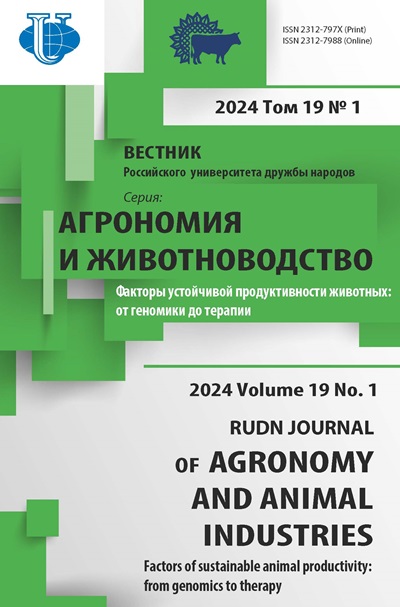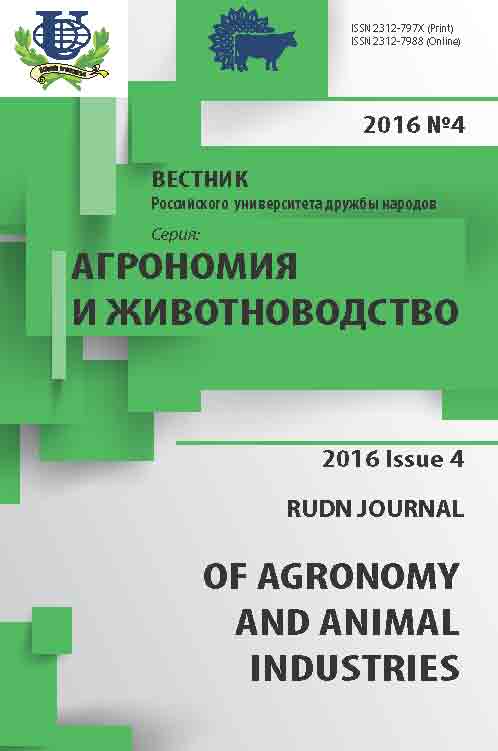Analysis of Carbon Dioxide Emission from Lawn Ecosystem with Contrasting Soil Profiles
- Authors: Rationale Bhoobun B.1, Vasenev VI1, Hajiaghayeva RA1
-
Affiliations:
- RUDN Universuty
- Issue: No 4 (2016)
- Pages: 10-17
- Section: Articles
- URL: https://agrojournal.rudn.ru/agronomy/article/view/14984
- DOI: https://doi.org/10.22363/2312-797X-2016-4-10-17
Cite item
Full Text
Abstract
Land-use change is among the main factors contributing to climate change. Urbanization is a land-use change pathway, conjugate with a rapid growth of urban territory and irreversible change of soil features and functioning. Greenhouse gases’ emissions (primarily CO2 emission) and carbon sequestration are among important soil functions. Ecological risks of increased CO2 emissions in urban soils are determined by different factors of anthropogenic impact. This paper aims to analyze the impact of different soil constructions on CO2 emissions from urban lawns. The research plot is situated in northern Administrative district of Moscow (NAD) and included urban soil constructions with organic layers of different genesis (turf, sand-turf mixtures and soils-sand mixtures) and of different depth (5, 10 and 20 cm). As a result an average CO2 emission from turf (20 cm dept of organic layer) was 22 g/m2 day, whereas the sand-turf mixture (10 cm of the organic layer) emitted 16.15 and peat soil (5 cm of organic layer) - 19.23 g/m2 day respectively. Therefore, was observed dependence of CO2 emissions on genesis and depth of soil organic layers. Also was revealed dependence of CO2 emissions on climate conditions for nine-months of observations.
Keywords
About the authors
Bhavish Rationale Bhoobun
RUDN Universuty
Author for correspondence.
Email: bhavish.bhoobun1990@yandex.ru
Miklukho-Maklay str., 8/9, Moscow, Russia, 117198
V I Vasenev
RUDN Universuty
Email: Vasenev_vi@pfur.ru
Miklukho-Maklay str., 8/9, Moscow, Russia, 117198
R A Hajiaghayeva
RUDN Universuty
Email: ramillka@inbox.ru
Miklukho-Maklay str., 8/9, Moscow, Russia, 117198
References
















